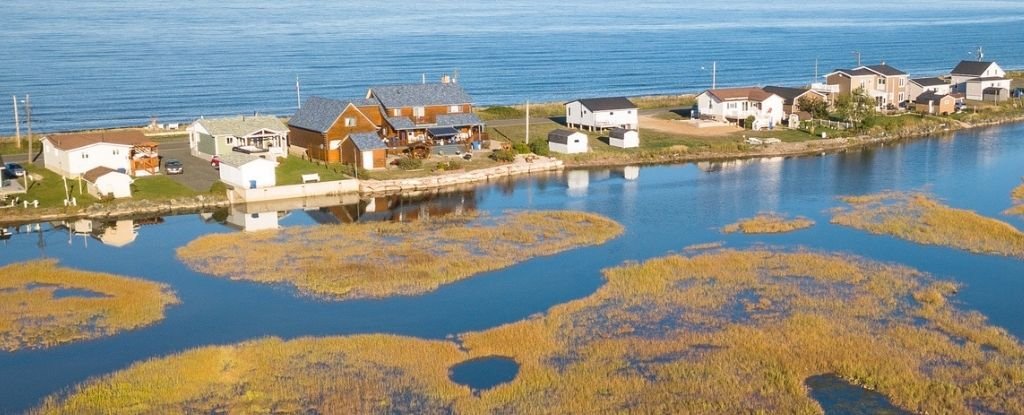Products You May Like
A global analysis of sea levels over the past 2,000 years has found a rapid rate of increase in line with the Industrial Revolution.
By 1863, researchers found the rate of sea level rise had clearly surpassed background variability. Unsurprisingly, it’s around this time that the first hints of ocean warming and glacier melt from human activity also show up in research, and both of these factors are known to contribute to rising seas.
For 1,700 years (starting from 0 CE) the current analysis found global sea levels fluctuated between a decline of 0.3 millimeters and an increase of 0.2 mm.
Between 1700 and 1760, right before the Industrial Revolution and the widespread burning of fossil fuels kicked off, sea levels were decreasing by 0.1 millimeters a year.
But from 1940 to 2000, global sea levels had reached an increase by 1.4 millimeters a year.
“Consistent with prior analyses it is virtually certain that the global rate of rise from the most recent 60-year interval, 1940–2000 CE, was faster than all previous 60-year intervals during the Common Era,” the authors write.
This isn’t the first analysis to try and put a date of ’emergence’ on sea level rise, but it is one of the first to compare individual sites in certain regions simultaneously against a global signal.
According to a timeline of published instrumental and proxy data – things like foraminifera, diatoms, archeological evidence, and sediment geochemistry – throughout the North Atlantic, some parts of this ocean showed signs of significant sea level rise earlier than others.
In the mid-Atlantic region, for instance, sea levels began rising in the mid- to late 19th century. But according to data from the Atlantic coasts of Canada and Europe, the rate of sea level rise doesn’t stand out until the mid-20th century.
“The fact that modern rates emerge at all of our study sites by the mid-20th century demonstrates the significant influence global sea-level rise has had on our planet in the last century,” says environmental scientist Jennifer Walker from Rutgers University.
“Further analysis of the spatial variability in the time of emergence at different locations will continue to improve society’s understanding of how regional and local processes impact rates of sea-level rise.”
Previous global estimates have also found a significant sea-level acceleration beginning in the 19th century. And the latest report from the Intergovernmental Panel on Climate Change (IPCC) reveals a sustained increase between 1820 and 1860.
But the new research is worrisome because it finds unprecedented sea level rise from region to region, right across the Atlantic.
Sea levels are on track to rise faster than ever over the next century, and we need to know what is headed for the world’s coastlines, so we can work to mitigate the effects as much as possible.
The study was published in Nature Communications.
